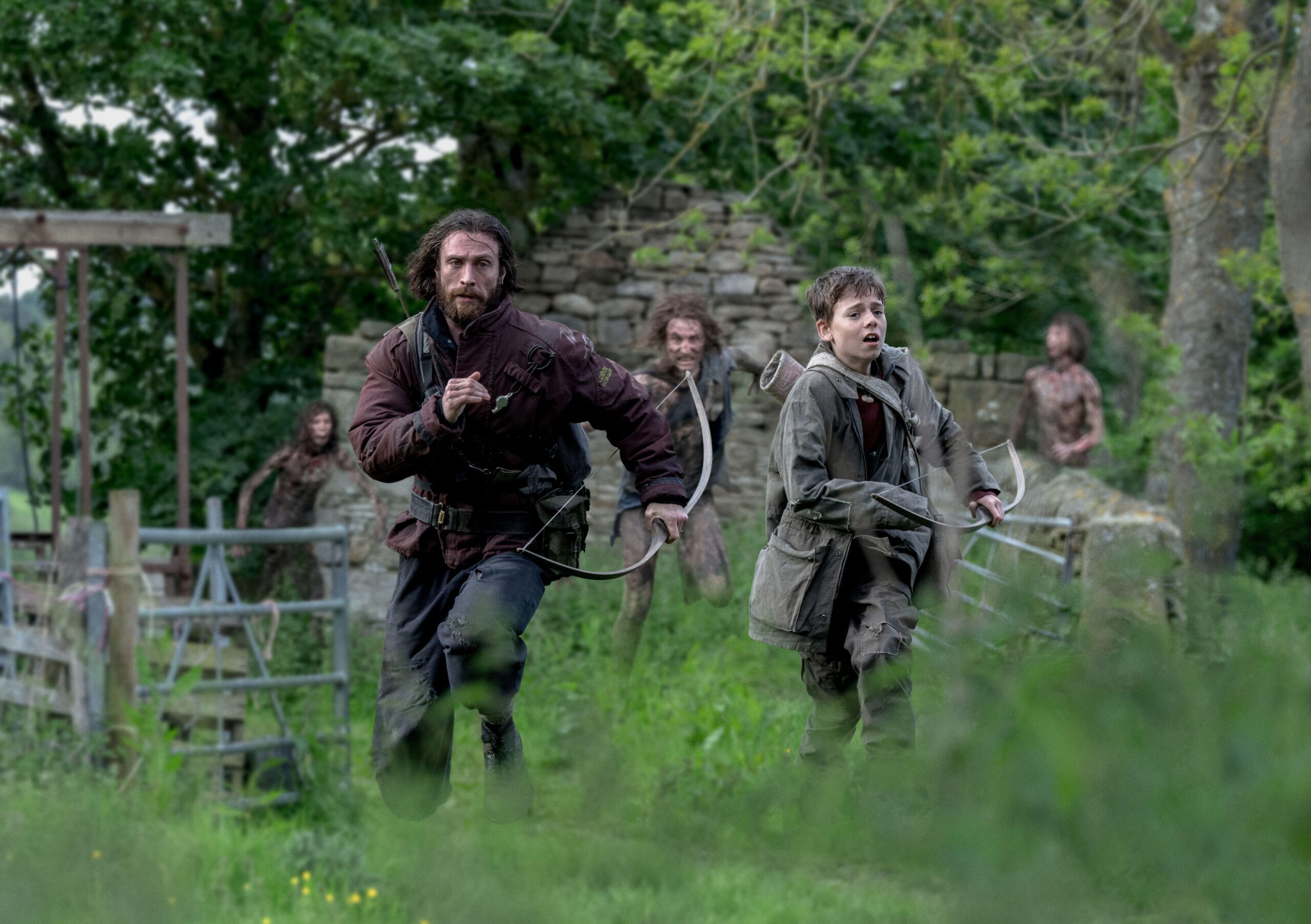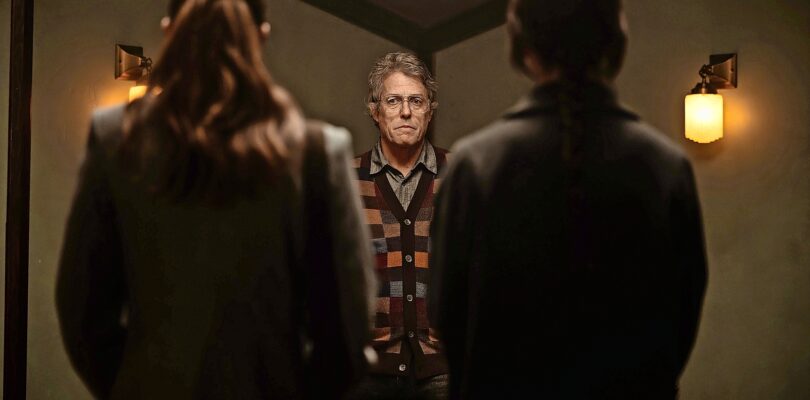A string of top-grossing children’s animations, including Inside Out 2, Moana 2 and Despicable Me 4, dominated the box office last year, and this trend continued in spring with the blockbuster success of A Minecraft Movie.
However, data released this week suggested that a less family-friendly genre was also on the rise, as the number of horror releases from major studios is expected to climb by a quarter.
The Hollywood research firm Luminate found that 30 major studio horror titles would be released this year, up from 24 over the previous 12 months.
The growth has been attributed to the release of a number of commercially successful and critically -acclaimed titles that launched last year, including Hugh Grant’s Heretic and Demi Moore’s The Substance, which have emboldened executives to accelerate their plans.
Zygi Kamasa, a former chief executive of Lionsgate UK who has established his own film company True Brit Entertainment, said that industry snobbishness towards horror is fast being replaced with a virtuous circle.
Hugh Grant in Heretic
A24/PA
“A lot of recent horror films have really outperformed expectations. To have Hugh Grant nominated for a Bafta and Demi Moore winning awards for their appearances in horror films would have been unheard of 10 or 20 years ago,” Kamasa said.
“Horror used to be frowned upon a little bit as being derivative, but the quality of releases that has come out means that it’s now being taken much more seriously. People are realising that you can make original horror films with great performances, which then helps to better attract actors.”
Kamasa, who has five films lined up with stars including Game of Thrones’s Kit Harington and Sophie Turner, the Oscar winner Marcia Gay Harden and Fallout’s Ella Purnell, said that horror films also tended to be relatively cheap to make.
He added that Hollywood was embracing the genre to help encourage audiences back into cinemas as box office receipts remain stubbornly below their pre-pandemic levels.
“We are all searching for what that genre could be and nothing beats 200 people together in a dark room being scared shitless,” he said.

28 Years Later is the third film in a series that began with 28 Days Later in 2002
ALAMY
It is a view echoed by Phil Clapp, chief executive of the UK Cinema Association trade body, who said that horror also had a particular appeal to younger demographics. “Horror films in all their various forms have been an exceptionally strong strand of programming for many cinemas over recent years, drawing in a predominantly younger audience eager to experience more scares,” he said.
Clapp added that there had been a broadening of the genre, which now includes forthcoming blockbusters such as Danny Boyle’s sequel 28 Years Later; follow-ups to cult titles M3gan, The Black Phone and Five Nights at Freddy’s; and the franchises The Conjuring and Final Destination.
The range of titles helps to offset some concerns from within the industry that a glut of horrors could lead to more box office disappointments, such as Sony’s Until Dawn, which has grossed just over $30 million to edge into profitability.
“There seems little sign that this in any way represents ‘too many’ films in this genre nor that the audience appetite for a shared and scary experience is in any way diminishing,” said Clapp.




